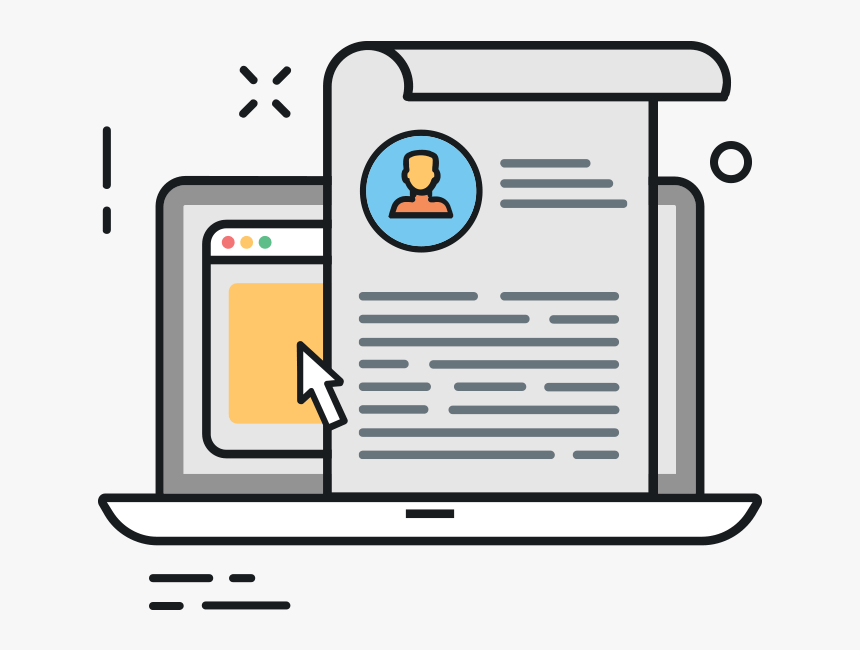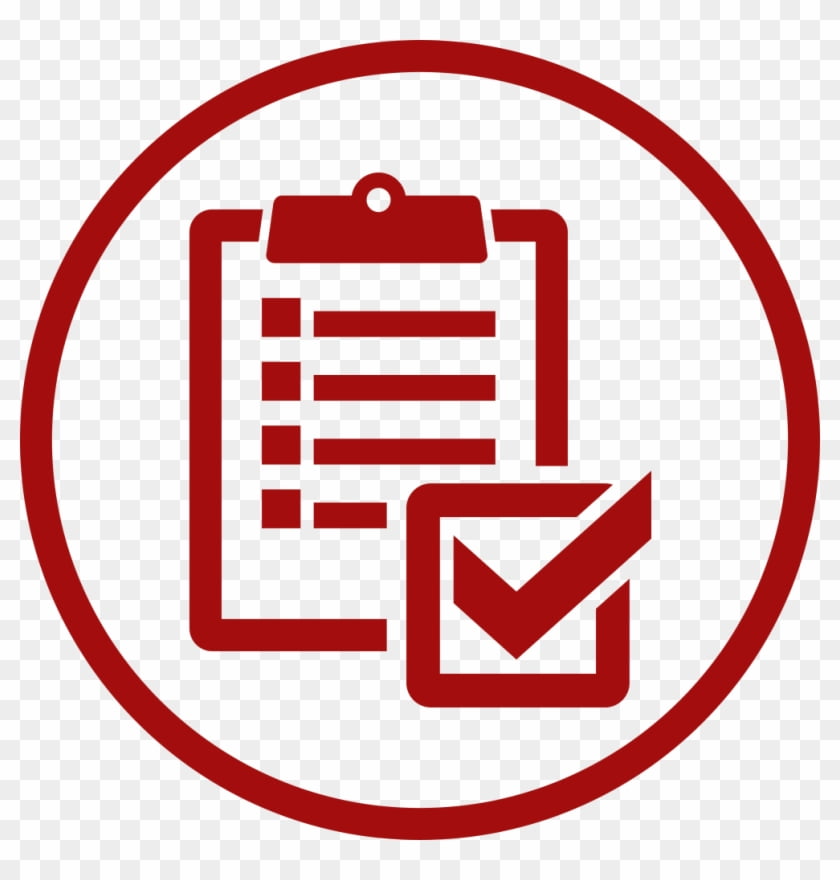How to Use Customer Segmentation for Personalized Marketing: 15 Key Techniques 🎯📈
In today's highly competitive business landscape, delivering personalized marketing messages to customers has become paramount. One of the most effective strategies to achieve this is through customer segmentation. By dividing your target market into distinct groups based on demographics, behaviors, interests, or preferences, you can tailor your marketing efforts to resonate with each segment individually. In this article, we will explore 15 key techniques for using customer segmentation to drive personalized marketing, accompanied by practical examples and professional advice.
Demographic Segmentation: Divide your customers based on age, gender, income, and other relevant factors. For instance, an online fashion retailer can create separate campaigns for young adults and middle-aged professionals, catering to their distinct style preferences.
Behavioral Segmentation: Analyze your customers' past purchase history, browsing behavior, and engagement patterns to identify common behaviors. For a streaming service, segmenting customers based on genres they frequently watch can help create targeted recommendations.
Geographic Segmentation: Consider the location of your customers to tailor marketing messages specific to their region. A travel agency can promote beach destinations to customers living in coastal areas and adventure trips to those residing near mountains.
Psychographic Segmentation: Understand your customers' values, beliefs, and personalities to craft messaging that resonates with their aspirations. A luxury car manufacturer can target customers who value status and exclusivity, emphasizing the prestige associated with their brand.
Purchase Frequency Segmentation: Identify customers who make frequent purchases versus occasional buyers. An e-commerce platform can offer exclusive discounts or loyalty programs to high-frequency buyers, while focusing on incentivizing occasional buyers to increase their purchases.
Customer Journey Stage Segmentation: Map out your customers' journey and target them with relevant messages at different stages. A software company can provide educational content to prospects in the awareness stage and offer personalized demos to those in the consideration stage.
Social Media Segmentation: Leverage social media data to segment customers based on their interactions, interests, and preferences. A beauty brand can target customers who engage with beauty influencers, tailoring content that aligns with their preferences.
Personalization using Dynamic Content: Customize marketing materials such as emails, website banners, or product recommendations based on customer segments. An online bookstore can display personalized book recommendations based on customers' reading history and preferences.
Email Segmentation: Tailor your email campaigns according to customer segments to boost engagement. For a fitness brand, segmenting customers based on their fitness goals allows sending targeted emails with workout tips, nutrition advice, and personalized product recommendations.
Mobile App Segmentation: Leverage user data from your mobile app to deliver personalized content and promotions. A food delivery service can send exclusive offers to customers who frequently order from specific restaurant categories.
Loyalty Program Segmentation: Create different tiers within your loyalty program to reward customers based on their spending habits, allowing for targeted offers. An airline can offer exclusive lounge access and priority boarding to frequent flyers, incentivizing their loyalty.
A/B Testing across Segments: Test different marketing strategies across customer segments to identify the most effective approach. A clothing retailer can compare the engagement and conversion rates of two different promotional offers tailored to different segments.
Customer Feedback Analysis: Analyze customer feedback to identify pain points and preferences unique to each segment. A hotel chain can address specific concerns raised by business travelers, such as offering dedicated workspaces and faster Wi-Fi connections.
Influencer Partnerships: Collaborate with influencers who have a significant following within a particular customer segment. A fitness brand can partner with a well-known fitness influencer to promote their products to health-conscious individuals.
Predictive Analytics: Use predictive modeling to anticipate future customer behaviors and preferences. An online grocery store can predict which customers are likely to buy organic products and offer personalized discounts accordingly.
By implementing these 15 key techniques, businesses can unlock the power of customer segmentation to deliver highly personalized marketing campaigns. Remember, understanding your customers on a deeper level and tailoring your messages accordingly will not only enhance engagement but also foster brand loyalty. So, go ahead and leverage the potential of customer segmentation to drive your marketing efforts to new heights! ✨🚀






No comments yet. Be the first to share your thoughts!